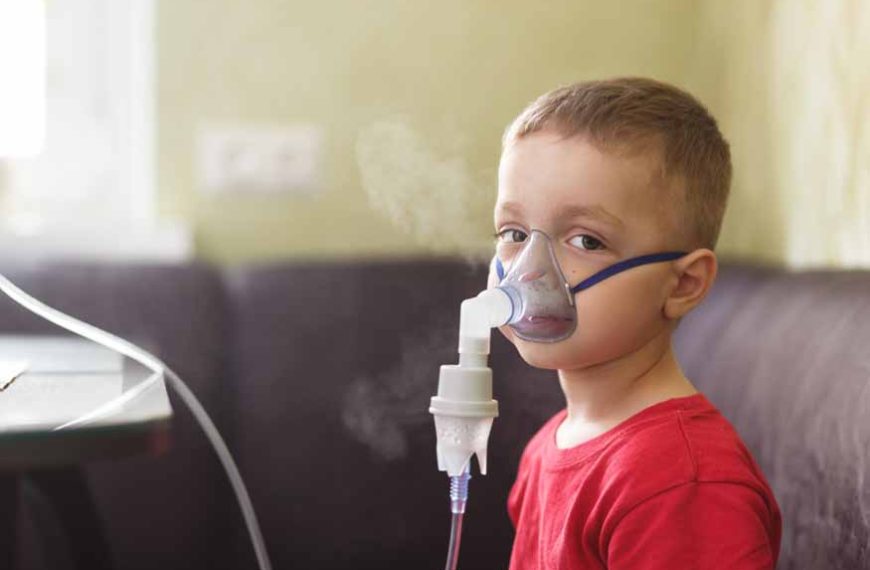In today’s world, where technology intertwines with our daily lives, the health and safety of our youngest family members have not been overlooked. The advent of baby breathing monitors has brought a significant sense of relief to many parents. These devices, designed to track the breathing patterns of infants and toddlers, have become an essential part of modern childcare. In this article, we explore how to monitor baby breathing effectively, understand how long to use a baby monitor, and guide parents in choosing the right product for their needs.
What is a Baby Breathing Monitor?
A baby breathing monitor is a device that tracks the respiratory functions of an infant or toddler. It alerts caregivers if breathing irregularities, such as pauses or abnormally slow breathing, are detected. These monitors come in various forms, from simple audio-visual models to sophisticated devices equipped with sensors and real-time data tracking.
Importance of Monitoring Baby Breathing
Infants, especially in their early months, are at a developmental stage where their respiratory systems are still maturing. This immaturity can sometimes lead to irregular breathing patterns or even conditions like sleep apnea. Monitoring baby breathing can provide an early warning system, alerting parents to potential health issues.
Types of Baby Breathing Monitors
- Wearable Monitors:
- Mattress Pads:
- Video and Audio Monitors:
These are small devices that attach to the baby’s body, such as a sock or a band, and monitor breathing through movement and skin sensors.
Placed under the crib mattress, these monitors detect movement and breathing patterns through pressure sensors.
While primarily used for visual and audio monitoring, some advanced models include breathing monitoring features.
How to Monitor Baby Breathing Effectively
To effectively monitor baby breathing, it is crucial to choose a device that suits your living environment and lifestyle. Wearable monitors are great for mobility, but they must be used correctly to ensure accurate readings. Mattress pads offer a more passive approach but require a firm, compatible mattress. Regular maintenance and correct positioning are key to the effectiveness of these devices.
How Long to Use Baby Breathing Monitor
The recommended duration for using a baby breathing monitor varies. Generally, parents might use these devices until the baby is 12 months old, as the risk of conditions like Sudden Infant Death Syndrome (SIDS) decreases significantly after this age. However, for children with specific health concerns or premature babies, extended use may be advised by healthcare professionals.
Choosing the Right Monitor
When selecting a baby breathing monitor, consider the following:
- Sensitivity and Accuracy:
- Ease of Use:
- Safety:
- Features:
- Budget:
The device should reliably detect breathing patterns without too many false alarms.
It should be user-friendly, with clear instructions and simple setup procedures.
Ensure the device is certified and safe for use with infants.
Additional features like temperature monitoring, humidity tracking, and connectivity options can be valuable.
Balance the features you need with what you can afford.
Advanced Features in Modern Baby Breathing Monitors
With technological advancements, baby breathing monitors have evolved. Some now offer:
- Wi-Fi Connectivity:
- Data Analytics:
- Integration with Smart Home Systems:
This allows parents to monitor their baby’s breathing remotely via a smartphone app.
Some devices provide insights into sleep patterns and breathing trends, helping parents understand their child’s sleep health better.
Certain monitors can be integrated with home automation systems for enhanced monitoring and alerts.
The Role of Pediatrician Advice in Choosing Monitors
Before investing in a baby breathing monitor, consulting with a pediatrician is crucial. They can provide personalized advice based on the baby’s health and developmental needs. This is especially important for babies born prematurely or with respiratory issues.
The Psychological Impact on Parents
While baby breathing monitors offer many benefits, it’s important to consider their psychological impact on parents. Constant monitoring can sometimes increase anxiety, leading to over-reliance on technology for reassurance. Balancing the use of these devices with the understanding that they are tools, not guarantees, is essential.
User Experiences and Reviews
Exploring user reviews and experiences can be enlightening. Parents often share practical insights about the ease of use, reliability, and overall satisfaction with various models, which can be invaluable in making an informed decision.
When to Stop Using a Baby Breathing Monitor
Deciding when to stop using a baby breathing monitor is a personal choice that should be guided by the child’s development and the parents’ comfort level. As the baby grows and the risk of respiratory issues decreases, many parents find they naturally rely less on these devices.
Practical Tips for Using Baby Breathing Monitors
- Regular Testing:
- Avoid Over-reliance:
- Follow Manufacturer Guidelines:
Periodically test the monitor to ensure it’s working correctly.
Use the monitor as one part of your baby care routine, not the sole focus.
Proper usage according to the manufacturer’s instructions is crucial for accurate monitoring.
The Future of Baby Monitoring Technology
The future of baby monitoring technology is promising, with potential advancements like more sophisticated data analysis, integration with health records, and even AI-driven predictions of potential health issues.
Safety Guidelines
While baby breathing monitors can provide peace of mind, they are not a substitute for safe sleeping practices. Always place your baby on their back to sleep, use a firm mattress, avoid soft bedding, and ensure a smoke-free environment.
In the journey of parenthood, ensuring the safety and well-being, including protection against breathing infections, of our infants is paramount. Choosing the right baby breathing monitor involves understanding your child’s needs, considering various product features, and recognizing that these devices are an aid, not a replacement for attentive parenting. Using a baby breathing monitor can offer reassurance, but it should be part of a broader approach to infant care that includes safe sleeping practices and regular health check-ups.
At EuroKids, we understand the paramount importance of your child’s safety and well-being. With a comprehensive approach to childcare, we advocate for informed choices in monitoring infant breathing, ensuring that every breath your child takes is a step towards a healthy, happy future.















